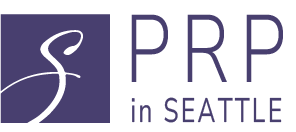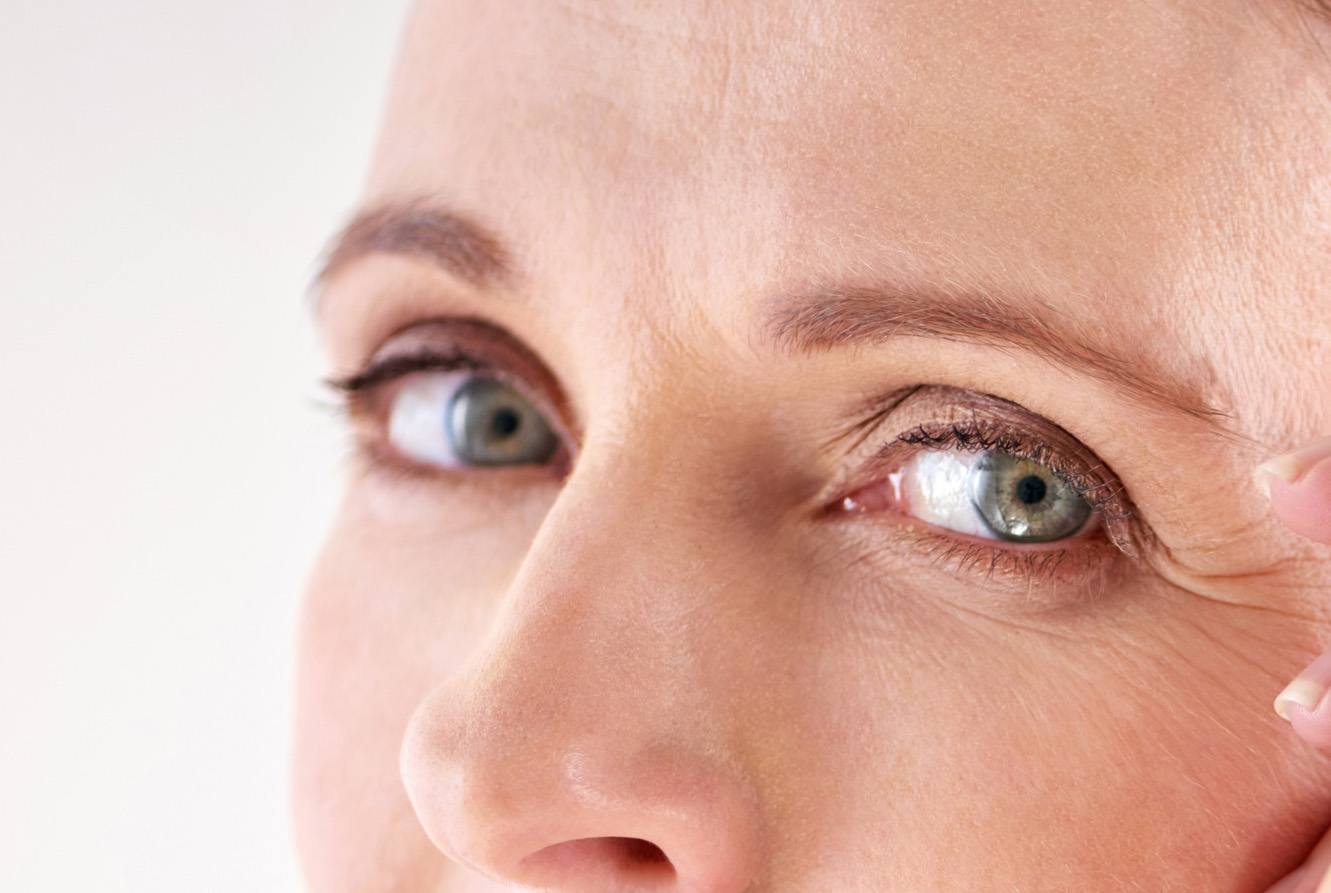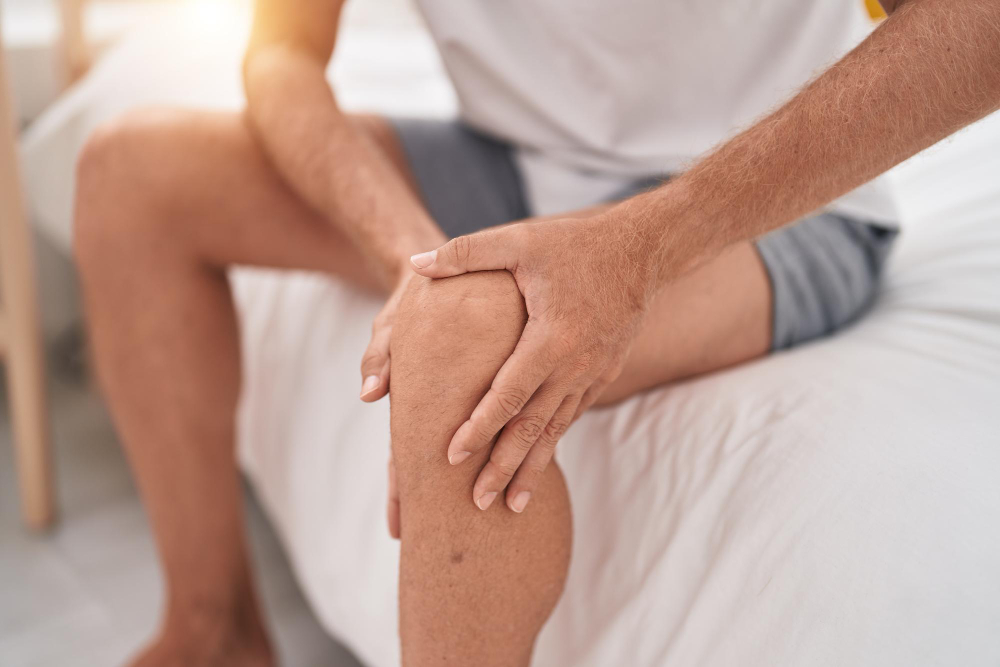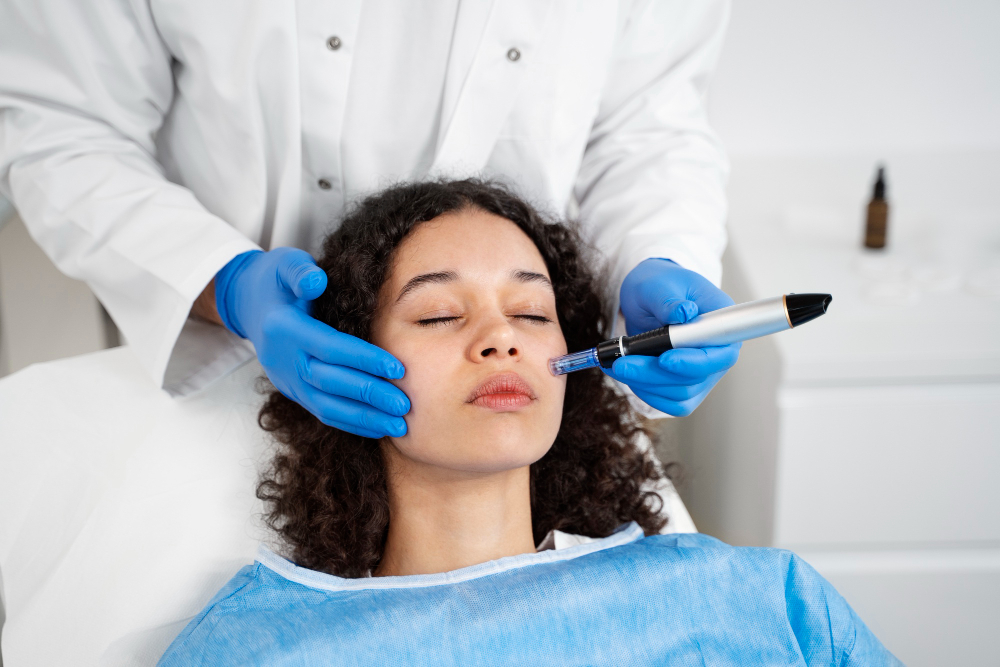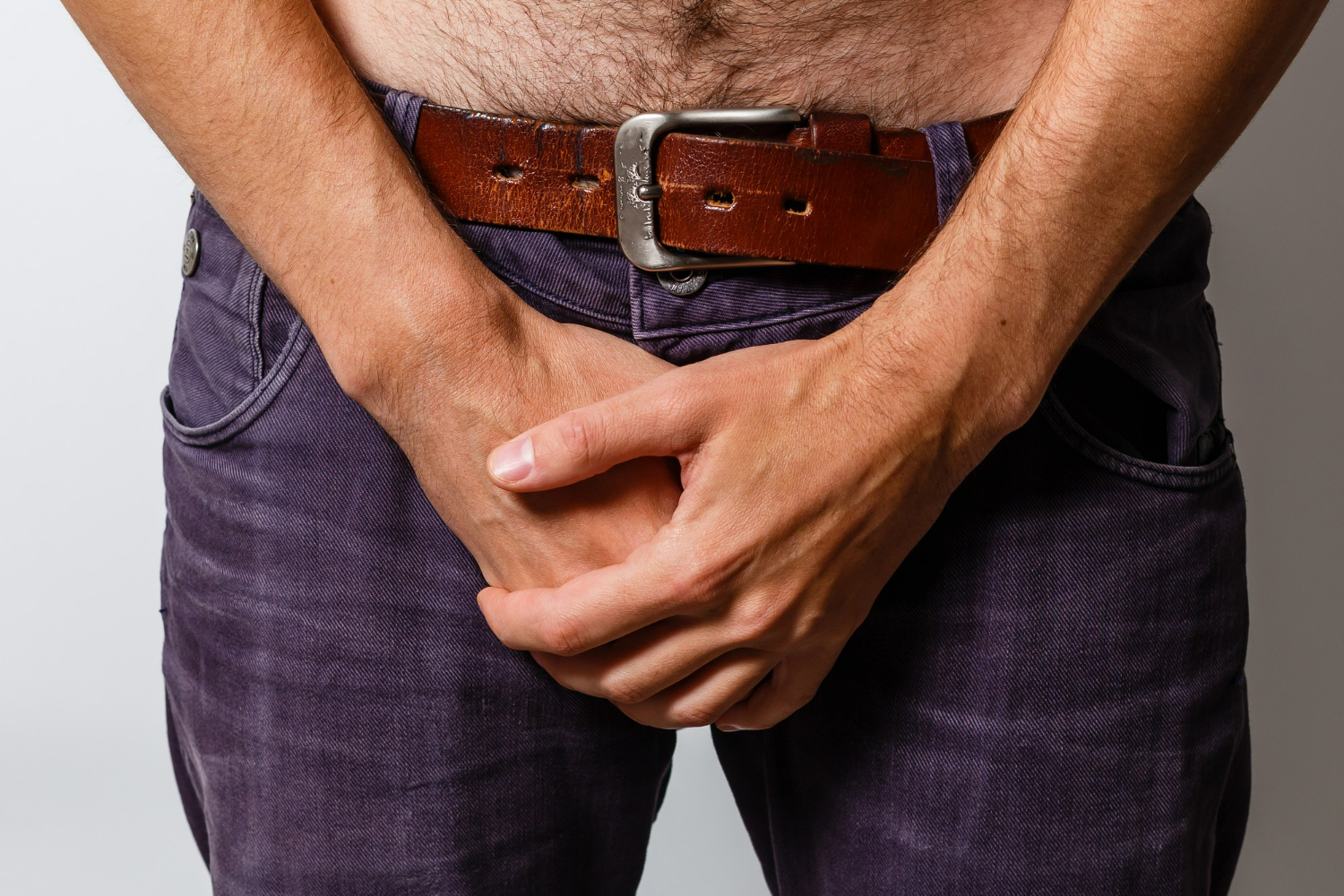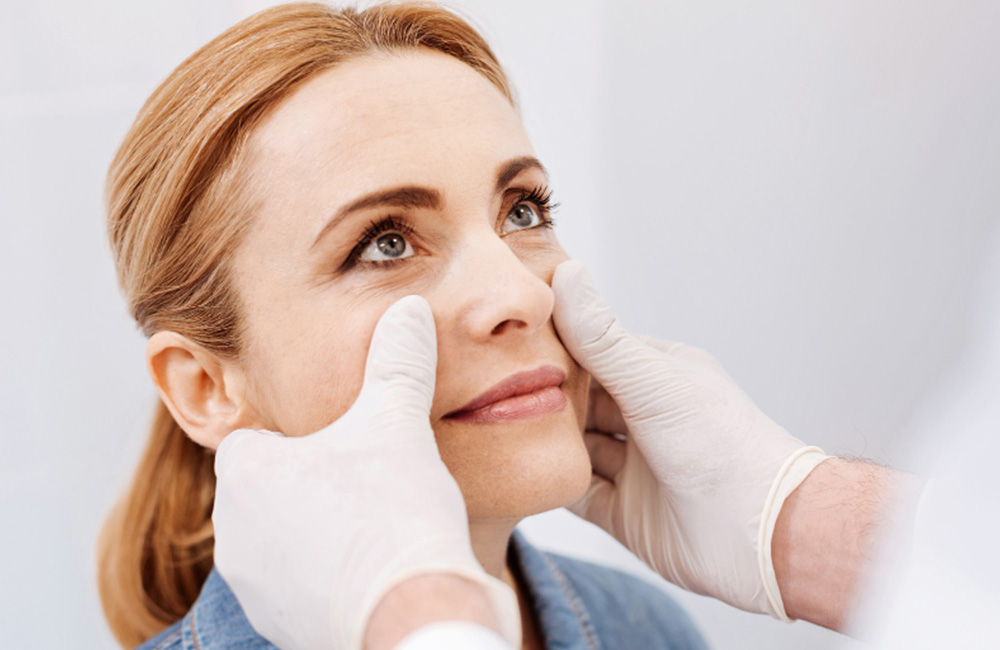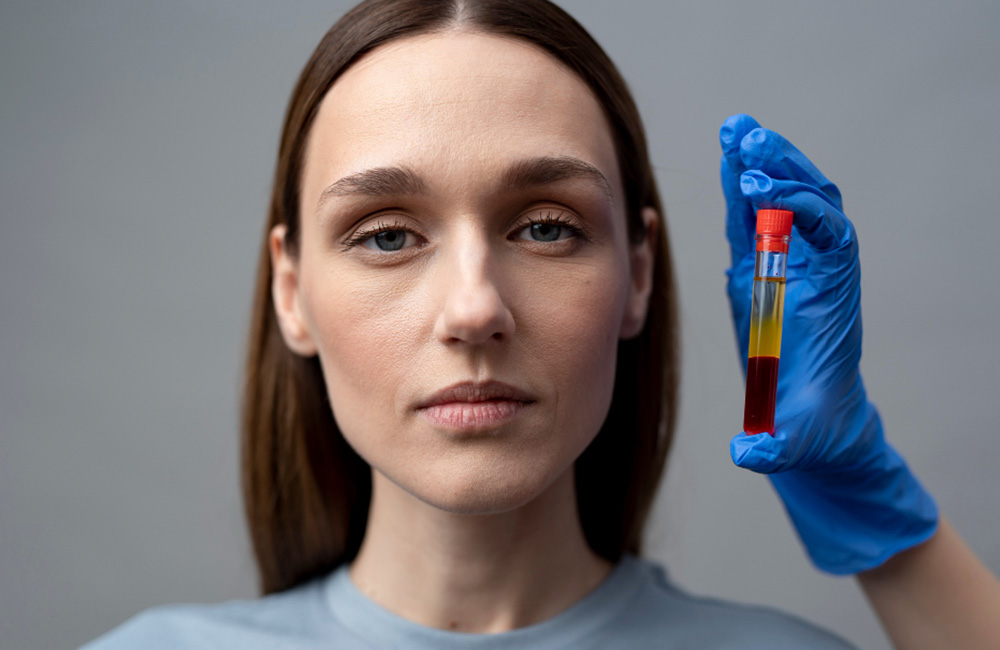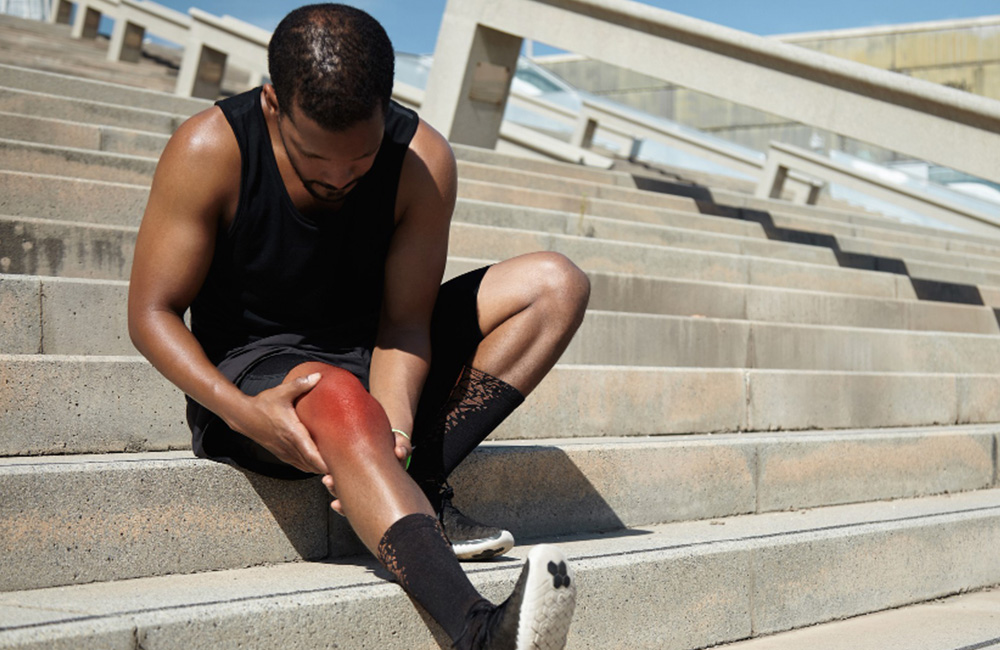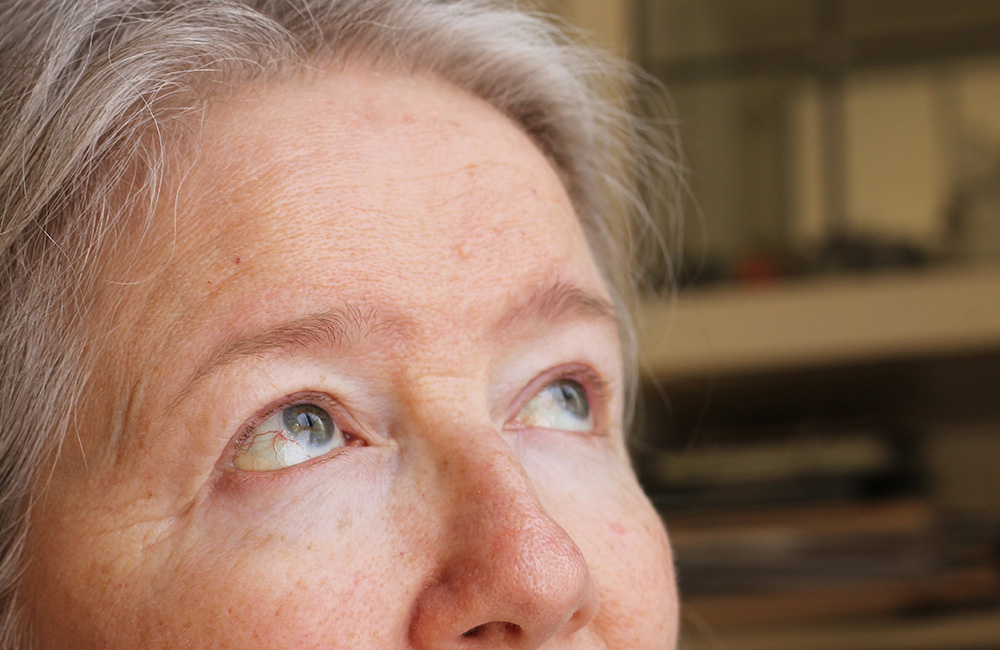Introduction: The Revolutionary Alternative to Traditional BBL The Brazilian Butt Lift has become one of the most sought-after cosmetic procedures in recent years. However, not everyone desires or qualifies for the traditional surgical approach. Enter the…
If you’re exploring the best way to elevate your skin’s health and glow, you’ve likely encountered two very different approaches: the relaxing spa-standard facial, and the advanced regenerative therapy — commonly called PRP combo therapy —…
